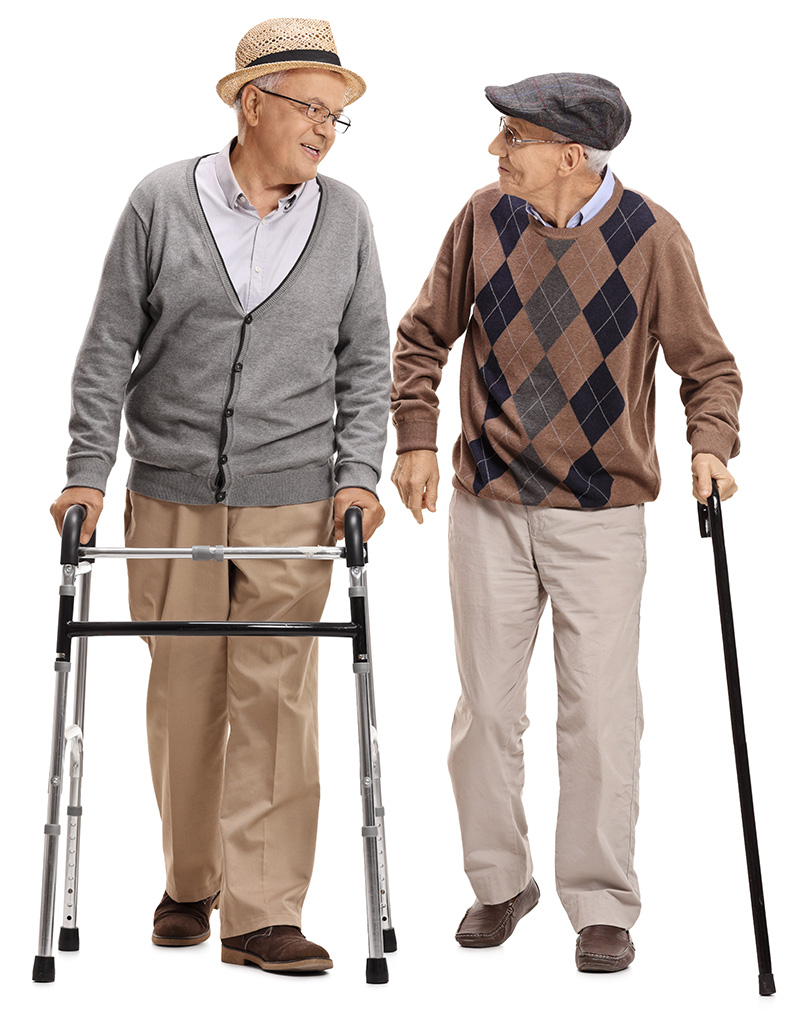Article By: PT in Motion, www.apta.org
Patients with low back pain (LBP) who see a single physical therapist (PT) throughout their episode of care may be less likely to receive surgery and may have lower downstream health care costs, researchers suggest in a study published in the December issue of PTJ (Physical Therapy). “Limiting the number of physical therapy providers during an episode of care might permit cost savings,” authors write. “Health care systems could find this opportunity appealing, as physical therapy provider continuity is a modifiable clinical practice pattern.”
Authors examined data from nearly 2,000 patients in Utah’s statewide All Payer Claims Database (APCD) to look for associations between continuity of care for LBP patients and utilization of related services such as advanced imaging, emergency department visits, epidural steroid injections, and lumbar spine surgery in the year after the first primary care visit for LBP. APTA members John Magel, PT, PhD; Anne Thackeray, PT; and Julie Fritz, PT, PhD, FAPTA, were among the authors of the study.
Patients were between the ages of 18 to 64 who saw a PT within 30 days of a primary care visit for LBP. Researchers excluded patients with certain nonmusculoskeletal conditions; neurological conditions, such as spinal cord injury, that could affect patient management; and “red flag” conditions such as bone deficit or cauda equina syndrome.
Researchers found that greater provider continuity significantly decreased the likelihood of receiving subsequent lumbar spine surgery, noting that “disparate management strategies across a variety of providers might inhibit or prolong the recovery in a patient with a worsening condition and contribute to the patient eventually receiving lumbar surgical intervention.” They also note that a strong therapeutic alliance is associated with improved outcomes.
Contrary to authors’ expectations, high provider continuity was not associated with decreased use of advanced imaging, steroid injections, or emergency department visits. “The timing of physical therapy for LBP might have a greater impact on these outcomes than does provider continuity,” they suggest. Researchers did find a link between use of these services and the presence of comorbidities, previous lumbar surgery, and use of prescription opioids or oral steroids.
The average cost of care in the year following the initial primary care visit was $1,826 per patient. Costs were slightly less, at $1,737, for the 90% of patients with high provider continuity but rose to $2,577 for patients with a lower level of provider continuity.
While the study’s findings do not identify any cause-and-effect relationships, “it seems reasonable that physical therapists should consider approaches to managing patients with LBP that limit provider discontinuity,” authors write.
Click here to continue reading this article.
Speak with your doctor to find out how therapy could benefit you!







